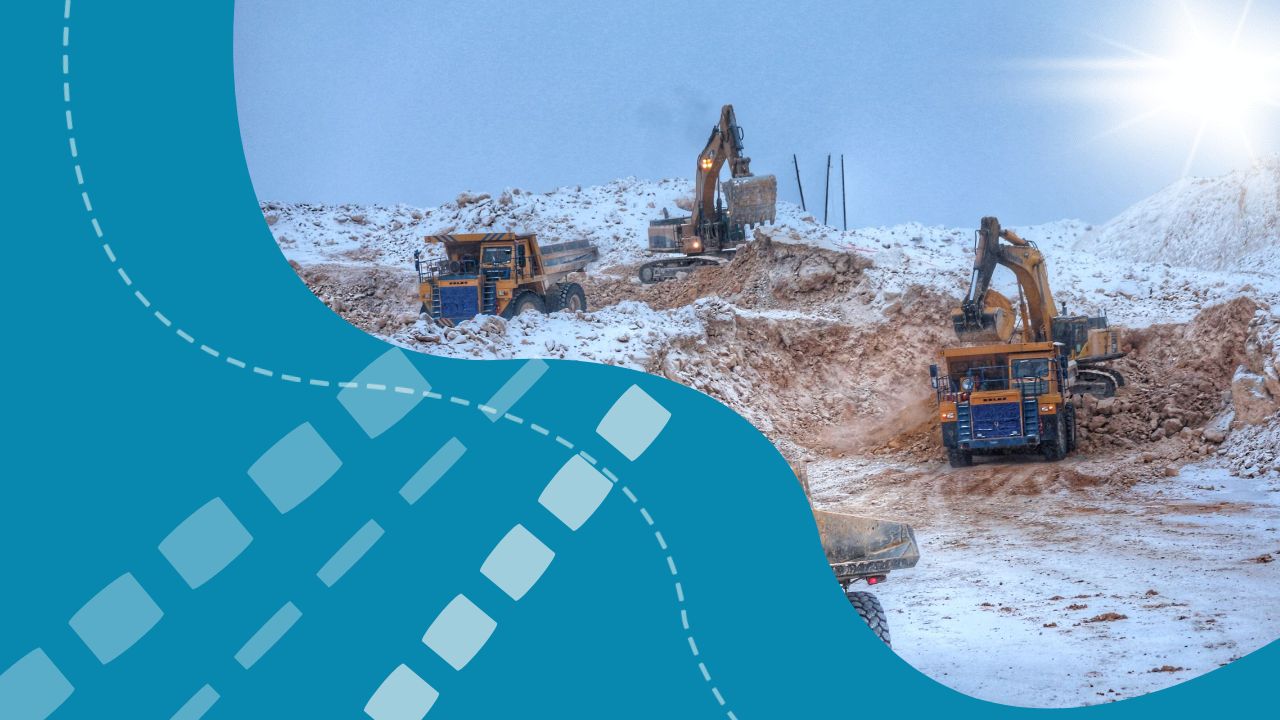Throughout the visit, Zhaparov was duly apprised of the encouraging news that the deposit’s ore reserves had witnessed a commendable increase, surging from 51.5 thousand tons to an impressive 75 thousand tons subsequent to the latest additional exploration. This bountiful ore houses a rich assemblage of molybdenum, bismuth, lead, beryllium, and silver.
During the bygone Soviet era, the Kyrgyz Chemical and Metallurgical Plant (HMP) played a pivotal role in processing the rare earth concentrate. At the zenith of its operational prowess, the plant boasted an impressive production capacity of 500 million tons per annum. Its comprehensive processing techniques ingeniously extracted rare earth elements from the esteemed Kutessay-II deposit, effectively fulfilling a staggering 80% of the USSR’s demand.
Sadly, the plant’s production activities inadvertently necessitated the creation of five waste storage facilities in the Kemin district. Four of these facilities are situated in the Ak-Tuz settlement, while the remaining one finds its abode in the Orlovka settlement.
With unwavering dedication, the Prime Minister diligently inspected these facilities and subsequently issued a series of pertinent instructions. Regrettably, the precise details regarding these instructions, as well as the purpose of Zhaparov’s visit to the site, were not disclosed by the esteemed Cabinet of Ministers’ press service.

